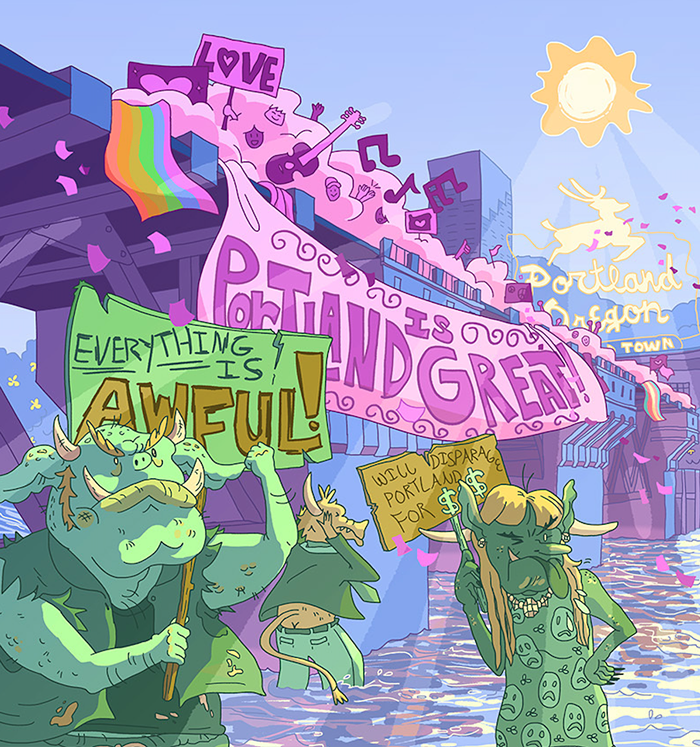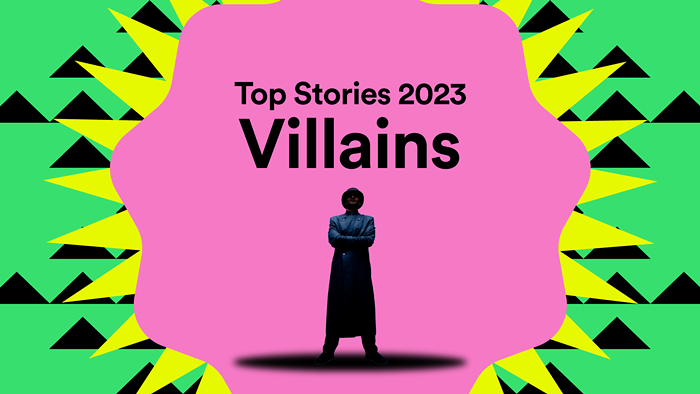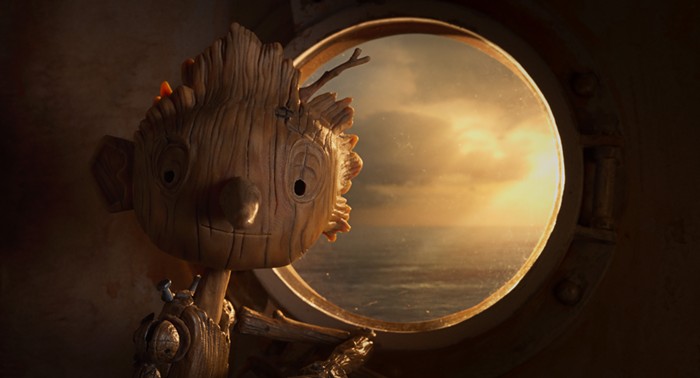THERE ARE at least five reasons for me to recommend Max Payne 3. It's gorgeous. The voiceover work is some of the best the gaming biz has ever seen. The multiplayer component is surprisingly deep. The excellent level design offers a surprising amount of replayability. That said, I'd rather focus on the story.
In Max Payne 3, there are no good guys. Everyone—from the paramilitary goons to the wealthy socialites—is moral shades of gray. Even our protagonist is an emotionally broken, junkie alcoholic: Max is definitely a hero, but you get the sense that he's throwing himself into danger in the hopes that maybe the next firefight will end his suffering. "Gritty" would be a good descriptor here: "dark" too, though it's more accurate to say that Max Payne 3 deals with adult themes in a realistic, mature fashion—like a good film.
Comparing Max Payne 3 to a movie is fitting, as Rockstar has made its fortune by creating virtual homages to their favorite films: Grand Theft Auto apes Scorsese's gangster flicks, Red Dead Redemption is a pastiche of classic westerns, and Max Payne 3 is a modern, hard-boiled noir. I want to stress that point because while this game is far more aesthetically colorful than its predecessors—Max Payne 3 sees our protagonist transplanted from New Jersey to sunny Brazil—the script makes it immediately apparent that this game is an apt addition to the series (even before you take out a room full of thugs with Max's trademark akimbo pistols and a slow-motion staircase dive). Max Payne 3 is unapologetic about what it is, but it's also an important release that demonstrates the storytelling potential of videogames. Even without the awesome John Woo-style gunplay, Max Payne 3 would still be the most legitimately engaging action tale released this year.



















